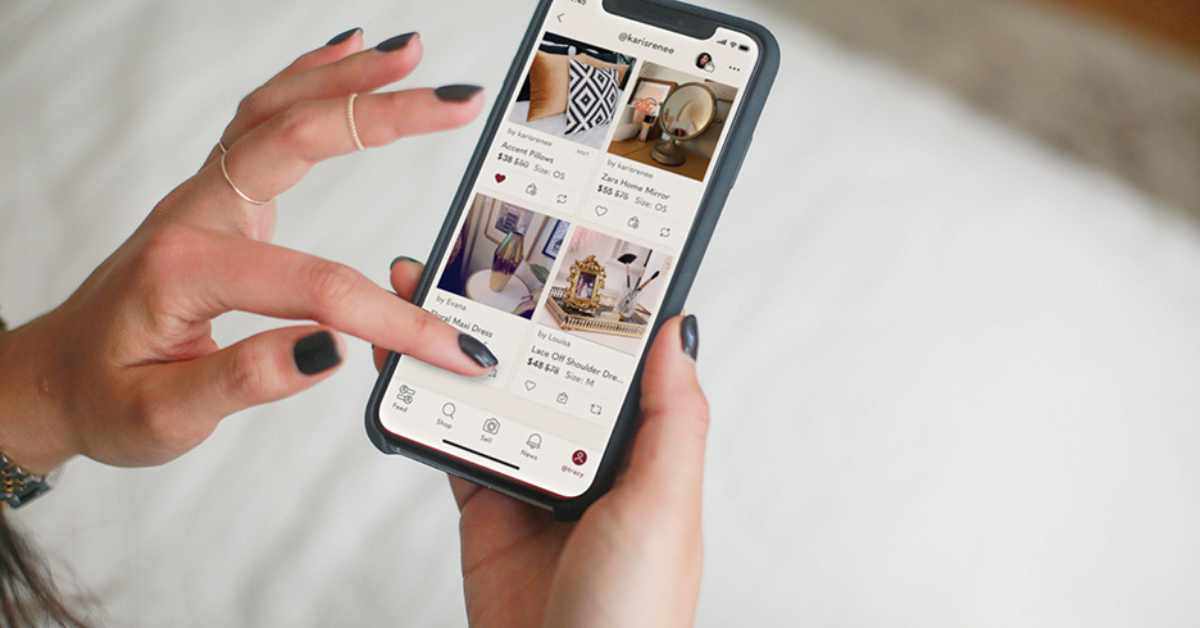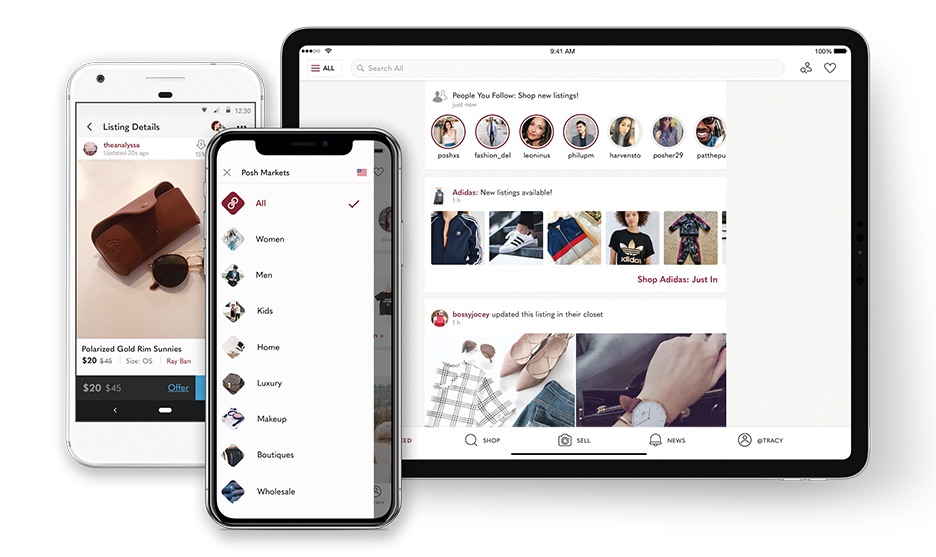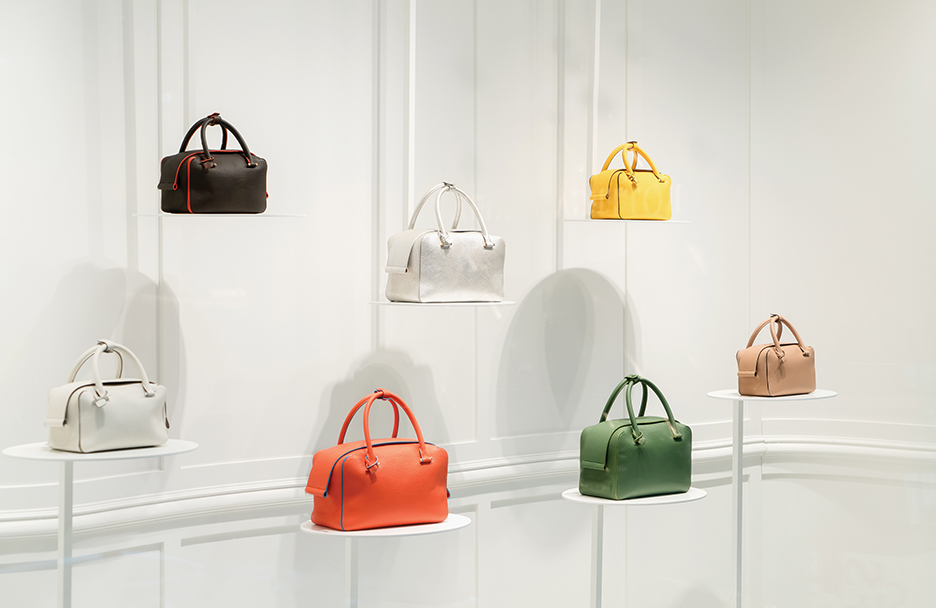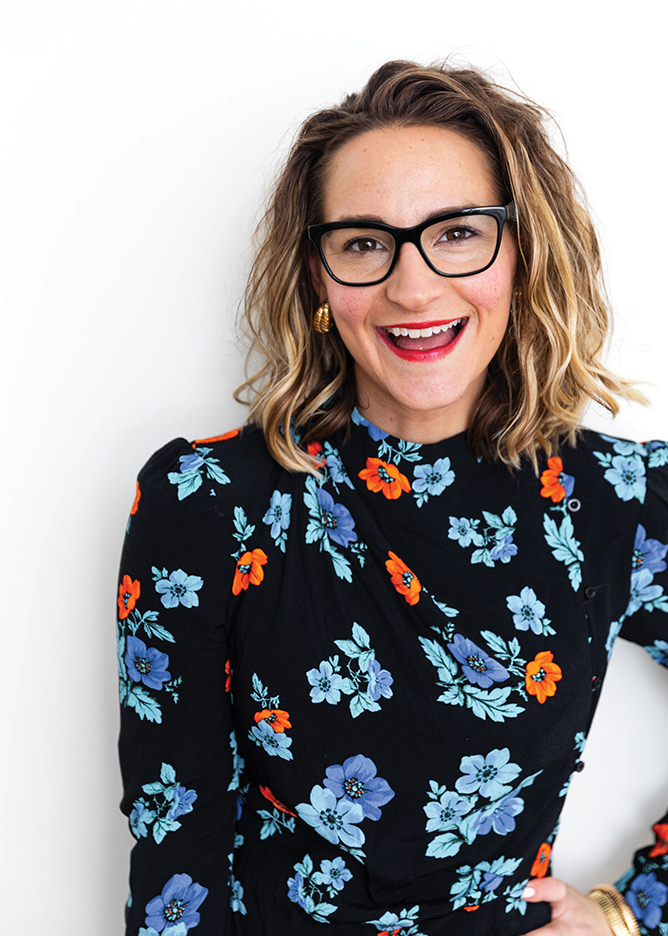To casual observers, fashion trends are shaped by iconic designers, glossy magazine covers and social media posts by celebrities. But in truth, a myriad of forces are at play.
The fashion industry has always been fiercely competitive, but in a complex cocktail of design, technology and politics, the length of skirts or widths of ties no longer define what is in style. Consumers, armed with vast new resources, are finding inspiration beyond the latest collections of the designer boutiques lining Fifth Avenue or Rodeo Drive. The fashion industry, constantly evolving, has been democratized and digitized.
“My clients are high-achieving women,” notes personal stylist Hanna Lee, who reports corporate CEOs, attorneys, physicians, and entrepreneurs, as well as occasional celebrities, seek out the personal styling and shopping services of her Chicago-based Hanna Lee Style. Despite being thousands of miles from Paris or Milan, Lee is well positioned to observe trends on the front lines of the fashion industry. “With people now returning to the office, they’re discovering their wardrobes need attention,” reports Lee of current demand for her services. She adds, “People became accustomed to Zoom meetings during the pandemic, so now they’re comfortable having me conduct style consultations that way.”
Among the major trends cited by Hanna Lee is the growing interest in conscientious apparel. Not only are sustainable materials like hemp, bamboo linen and organic cotton in demand, but consumers are seeking ethically produced clothing. Brands are expected to provide safe and humane working conditions, offer living wages and invest in housing or health care in their workers’ communities. To accommodate interest in sustainable products, Lee’s website promotes fashion labels — representing various price points — that appeal to clients with those sensibilities.
The global ethical fashion market, valued at $8.17 billion in 2023, is expected to grow to $11.12 billion by 2027, with many iconic brands among the prominent players. “Who says sustainability can’t be sexy?” asked designer Stella McCartney of her eco-friendly BioSequin jumpsuit featured on the April 2023 cover of Vogue, worn by model and environmental activist Cara Delevingne. Good On You, a website promoting ethical fashion, provides a handy mobile app for shoppers, which rates every imaginable brand on their efforts and provides favorably rated alternatives to underperforming labels.
Regarded as “deadstock” in the fashion industry, overstocks, ends of bales and offcuts are typically discarded, even burned. But UK-based Bee & Alpaca puts some of the industry’s estimated $120 billion of annual waste to good use, creating stylish, sustainable clothing. Founder and CEO Deniz Dincer states, “It seems trivial to label fabric as deadstock, waste or excess. Instead, Bee & Alpaca upcycles these into exclusive and limited-run clothing lines.”
Closely related to sustainability, secondhand clothing is another macro-trend in the fashion industry, no longer reserved for college students, struggling artists or single moms on a budget. “Initially, I was reluctant to ask clients if they were open to secondhand … would they feel it was beneath them?” recounts personal stylist Lee, who has been wearing timeless pieces from her grandmother for years. “But when I mention it, people love the idea, as it’s great in terms of both value and the environment,” reports the stylist, who is a fan of Poshmark, thredUP and Chicago-based North Shore Exchange, which donates 100 percent of profits to local charities.
Occupying the intersection of technology, social media and secondhand merchandise is Poshmark. The company’s online platform connects sellers of new or good-condition luxury merchandise — names like Hermès, Fendi and Prada are among the nearly 10,000 brands represented — to interested buyers. More than 100 million users prefer Poshmark to the traditional shopping experience, avoiding the steep prices and pretenses of luxury designer boutiques. “Consumers are looking for a marketplace where they can sell and shop, in addition to having social experiences — this is what sets us apart and draws people to Poshmark, explains Chelsey Nordyke, the company’s merchandising and curation manager. “Our customers are looking for value and as inflation continues to be top of mind for many, shopping secondhand allows them to find a wide variety of items at more affordable prices,” she says.
Identifying current trends, Nordyke reports, “We’re seeing bags take off on Poshmark, specifically ones that lean into the ‘quiet luxury’ trend,” noting that Louis Vuitton, Gucci and Chanel are labels that consistently perform well. “These classic bags are the epitome of quiet luxury,” says the e-commerce executive of an aesthetic Vogue called the year’s hottest trend, explaining the items feature neutral palettes while forgoing conspicuous logos. “Consumers are choosing minimalist luxury pieces that embody the status symbol, but without the blatant call for attention,” says Nordyke. Lee suggests the quiet luxury trend emerged several years ago, but that celebrity social media posts have made it suddenly au courant. “The Row is a quiet luxury brand with very timeless pieces and incredibly high-quality fabrication,” she states.
“The typical Poshmark buyer is sustainability- and value-focused,” reports Nordyke, explaining that Gen Z consumers, in particular, are normalizing thrifting as an accepted means of updating wardrobes. “We’re constantly looking for ways to bring sustainability to the forefront of users’ minds and highlight companies that focus on ethical production and fair trade,” says Nordyke. She reports that virtual, sustainability-themed Posh Parties showcase brands (e.g., Patagonia, Cuyana, Veja) that employ eco-friendly materials and responsible production practices.
Pantone — the New Jersey-based company is the world’s preeminent authority on color in all industries — works with fashion designers and fabric suppliers to ensure accuracy of colors. Every year the company designates its “Color of the Year,” and for 2023 that honor went to Viva Magenta 18-1750, a bold, Barbie esque shade described by Pantone as “brave and fearless, whose exuberance promotes a joyous and optimistic celebration.” Reflecting the company’s particularly emotive characterizations of color, Leatrice Eiseman, executive director of the Pantone Color Institute, states, “Invoking the forces of nature, Pantone 18-1750 Viva Magenta galvanizes our spirit, helping us to build our inner strength.” In Chicago, Lee reports, “I feel like people are wanting more colors and patterns than before.”
While consumers learned to shop exclusively online during the pandemic, Lee finds that the pendulum may be swinging back. “It’s still very difficult to accurately size online, and there’s nothing like the touch and feel of clothing,” she says. “People have also started to crave the in-person experience,” adds the stylist. Nevertheless, technology is a powerful force shaping the fashion industry and one tech-driven trend is the emergence of the metaverse as a very real place for brands to market their wares. While most shoppers are still clueless about the metaverse, the increasingly realistic digital environments offered by platforms like Roblox and Decentraland are relevant to younger Gen Z buyers. Prada, Burberry and Ralph Lauren are just a few of the hundreds of brands with a presence in these virtual worlds. Major labels of every price point are realizing that significant investments in the metaverse will pay dividends by capturing the attention of a new generation of consumers.
Artificial intelligence (AI) is another technology development that can highly personalize the shopping experience. At Sephora, a facial scan can instantly identify the best makeup color for a particular customer, while Rebecca Minkoff boutiques are exploring AI to enhance the touchscreen smart mirrors they pioneered almost a decade ago. RFID technology can record what items a particular customer tries on, and smart mirrors can suggest alternative colors and sizes.
Designers, marketers and logistics specialists are joining retailers in their embrace of AI in the fashion industry. In partnership with AI creative specialists Maison Meta, Manhattan’s Spring Studios — the SoHo facility annually hosts iconic designers like Calvin Klein and Diane von Furstenberg — recently presented the first-ever AI Fashion Week. Its catwalks were transformed into high-definition screens and avatars stood in for supermodels to showcase AI-generated collections from emerging designers.





